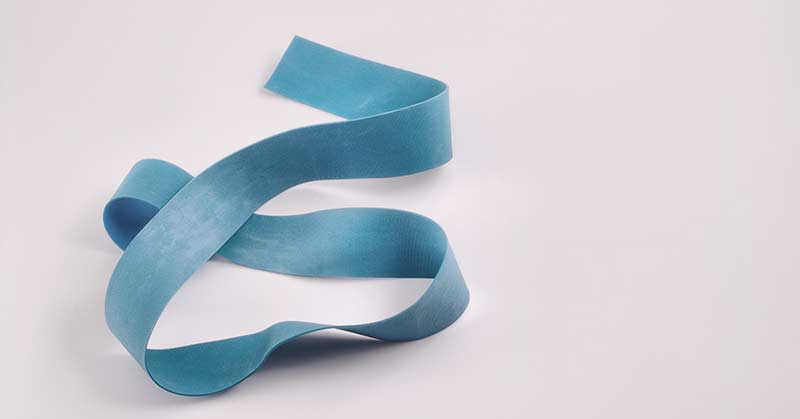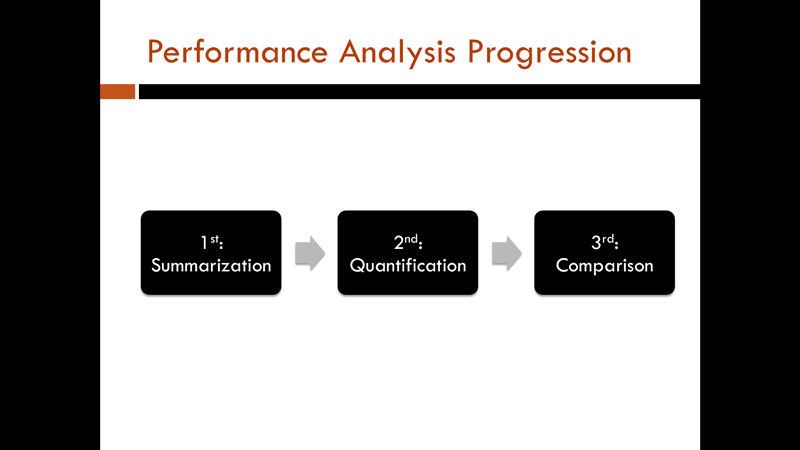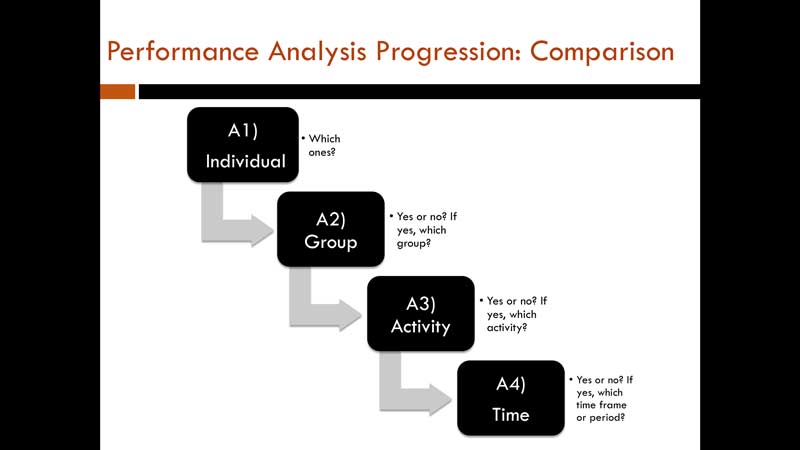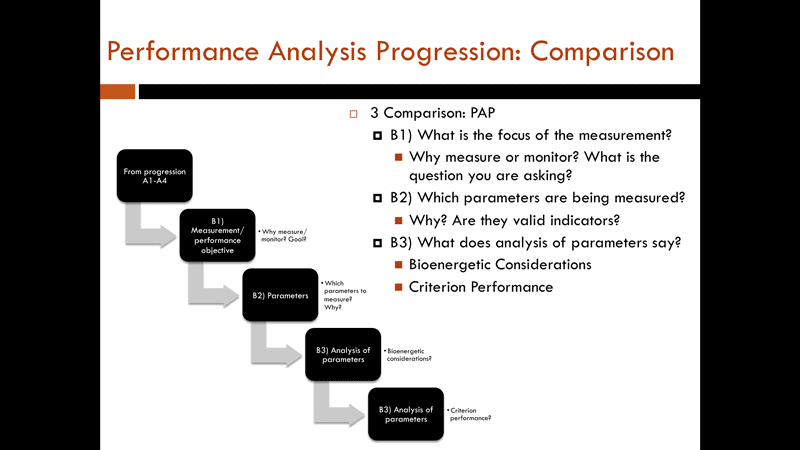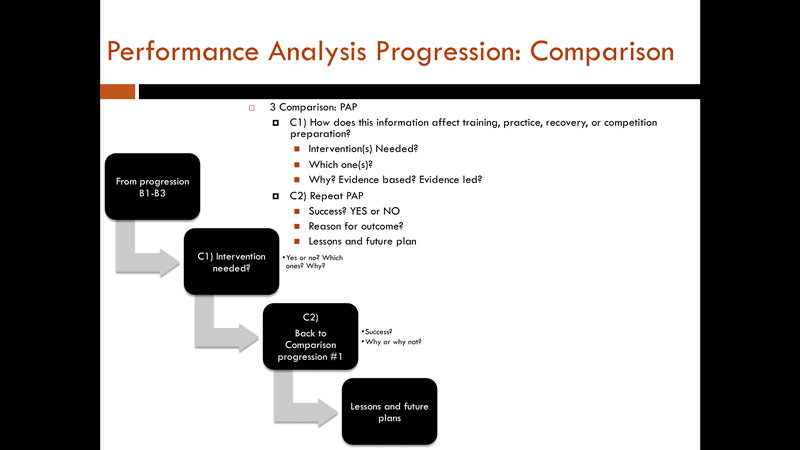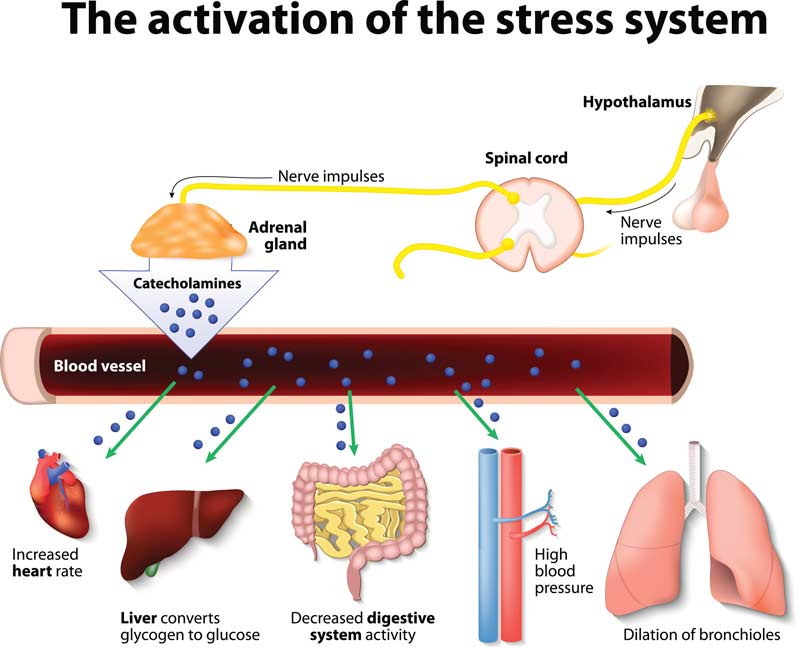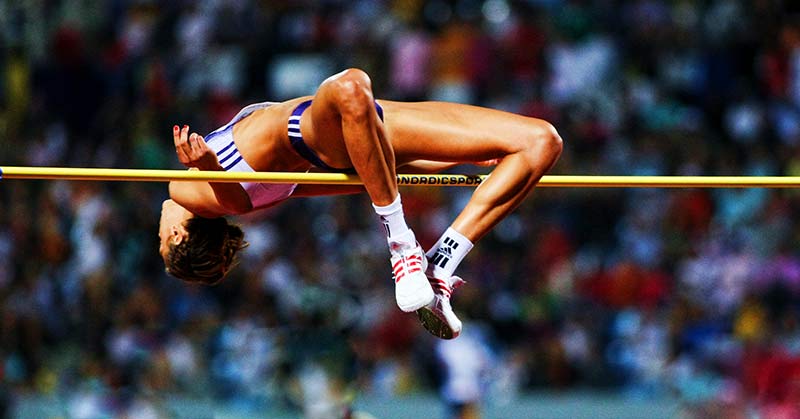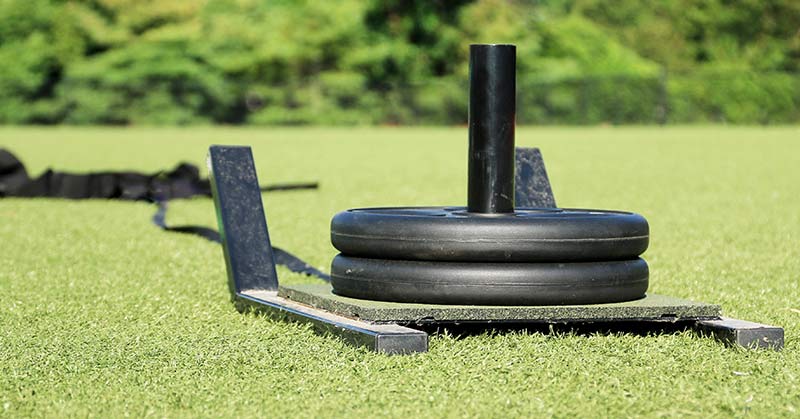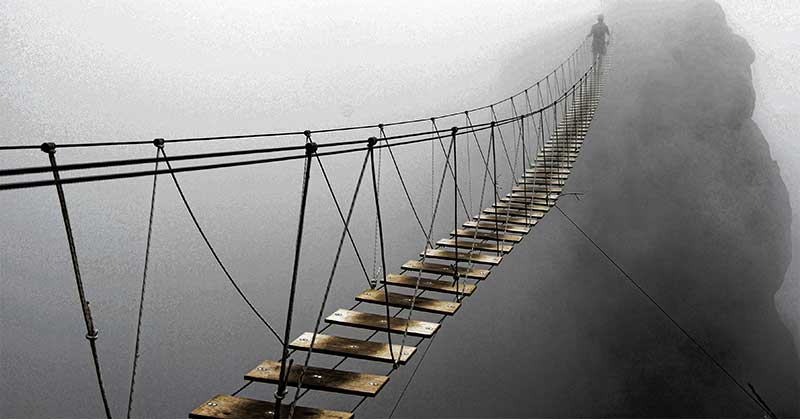
There are a number of factors within a particular environment that can contribute to the performance outcome of an athlete’s effort. Weather is often an intractable and unpredictable variable in outdoor competitions. The event venue—such as World Championship or Olympic stages, as compared to local or regional events—can greatly affect both the mental and physical performances of the athlete, especially when comparing indoor to outdoor events. Wind resistance has a physical effect on running speed and metabolic cost, as does the altitude of the venue. These factors, as well as timing method, were investigated by Hollings, Hopkins, and Hume (2012) for their effect on elite male track athlete performance.
Timing and Venue
Human error is a major factor in the timing of events, and it led to the evolution of automatic timing systems. Stopwatch-timed sprint events are notoriously biased toward a 0.24-second faster time on average, due to the timer’s anticipation of the athlete’s finish (Hollings et al., 2012). Hand-timing in distance events is associated with delayed times of greater than 0.14s, again from timer bias. The 200-meter, 400-meter, 800-meter, and 1500-meter events are typically run slower indoors than outdoors, likely due to the tight turns of the track, and there being twice as many bends to run.
The standard of competition was found to affect performance based on the event distance, since there are varying outcome goals per respective race (Hollings et al., 2012). Sprint and hurdle events raced their fastest times at the highest stage venues, while middle- and long-distance events raced slower due to the tactical nature of the race on that level of competition. Similar findings occurred at altitude, where the sprinters performed much better due to less air resistance. Distance appeared to be a greater challenge, due to the reduced oxygen content of the air at altitude. The advantage of running sprints at altitude is greatly outweighed by the disadvantage in the distance events.
Weather
Heat exchange between an athlete and their environment is directly impacted by the ambient temperature of the environment, as well as its moisture density, or humidity. Effective evaporation is limited in heavy humid conditions due to increased sweat vaporization, and thus reduces heat loss in the athlete (Hayes, Castle, Ross, & Maxwell, 2014). In dry heat conditions, the evaporative requirement of the athlete cannot be matched by the environment’s evaporation potential. In either case, the athlete is at risk for hyperthermia and significant physiological performance stress.
Ideally, an athlete should train for the environment in which the performance will take place. Share on XThere was a comparison made between hot, humid environments and hot, dry environments for their respective conditional effects on intermittent-sprint exercise performance (Hayes et al., 2014). The conditions were matched for heat stress to create the most controlled and accurate analysis of the two experimental groups, in relation to the temperate environment control group. The proposed hypothesis was that hot, humid conditions would produce greater physiological strain than hot, dry conditions and result in impaired sprint performance.
The results of the study concluded that sprint performance was impaired, but not significantly more so in one condition over the other when heat stress was matched between the two. Ideally, an athlete should train for the environment in which the performance will take place. For example, training in dry heat would be optimal preparation for a championship event in Arizona. However, this is not always possible, so aiming to match the heat stress is a valid way to achieve similar gains in training. Preparing in Georgia heat and humidity for a dry heat Arizona competition may require training to be conducted in the early morning hours, when the humidity and temperatures are lower, to equilibrate the demands of GA and AZ running. As an example, training in 65 degrees and 40% humidity often feels equal to dry 80-degree training.
Another study specifically investigated the effects of dry and humid heat stress on heat loss capacity in different age categories (Larose et al., 2014). As age increases, sweat rate has been found to decrease, making it more difficult for older adults to effectively expend the heat retained during exercise. Heat loss capacity was measured by both direct (evaporative) and indirect (metabolic) calorimetry in 60 males, ages 20-70, in 35˚C and both 20% and 60% relative humidity.
The hot, humid conditions caused an attenuated heat loss capacity in all age categories. The relative core temperature, heart rate response, and perceived thermal discomfort level all increased with age. This corresponded with a decrease in heat-loss capacity in the middle-age and older populations. No age group differences were observed in dehydration status, percent change in body weight, or local sweat rate and blood flow (Larose et al., 2014). Participants aged 40-70 stored 60-85% [in dry heat] and 13-38% [in humid heat] more than the 20-30 year age group.
It’s important to consider the physiological effects of prolonged exercise in heat, especially for the lack of efficient thermal regulation in the older age populations. All in all, these findings are helpful for athletes to know and apply across multiple race performances, in order to gauge true comparisons in performance.
Since you’re here…
…we have a small favor to ask. More people are reading SimpliFaster than ever, and each week we bring you compelling content from coaches, sport scientists, and physiotherapists who are devoted to building better athletes. Please take a moment to share the articles on social media, engage the authors with questions and comments below, and link to articles when appropriate if you have a blog or participate on forums of related topics. — SF
References
- Hayes, M., Castle, P. C., Ross, E. Z., & Maxwell, N. S. (2014). “The influence of hot humid and hot dry environments on intermittent-sprint exercise performance.” International Journal of Sports Physiology and Performance, 9: 387-396.
- Hollings, S. C., Hopkins, W. G., & Hume, P. A. (2012). “Environmental and venue-related factors affecting the performance of elite male track athletes.” European Journal of Sport Sciences, 12(3): 201-206.
- Larose, J., Boulay, P., Wright-Beatty, H. E., Sigal, R. J., Hardcastle, S., Kenny, G. P. (2014). “Age-related differences in heat loss capacity occur under both dry and humid heat stress conditions.” Journal of Applied Physiology, 117(1), 69-79.
